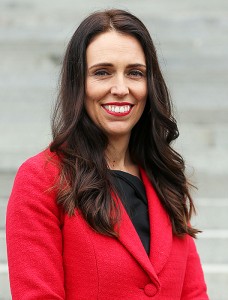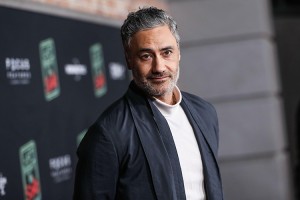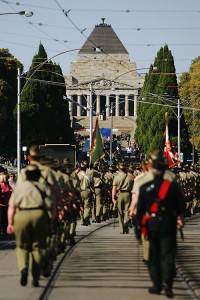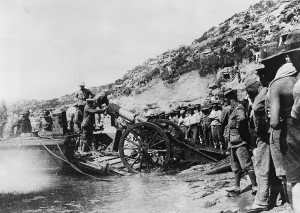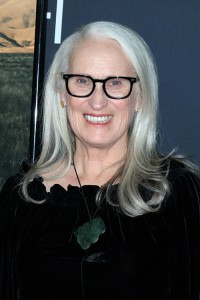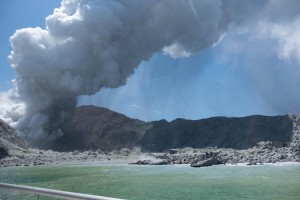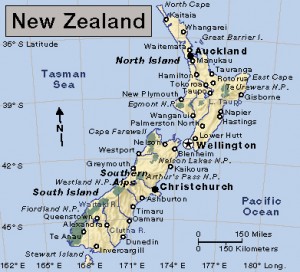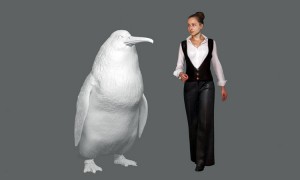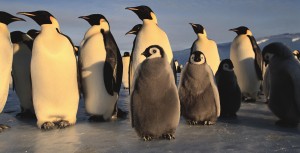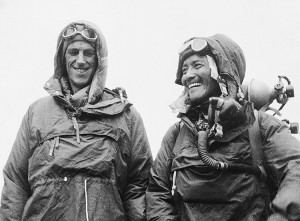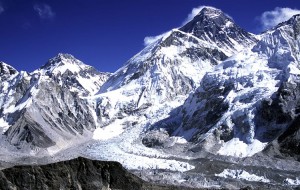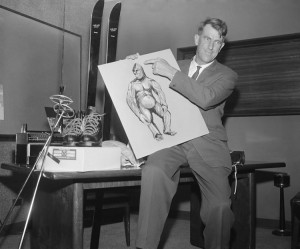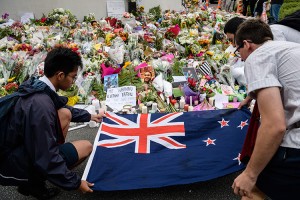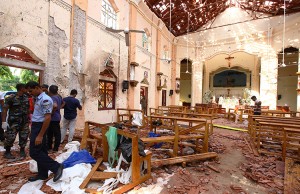Spotlight: Soccer Star Alex Morgan
Monday, July 31st, 2023Acting as co-captain for the United States at her fourth World Cup, Alex Morgan is a leading star soccer player. The 2023 FIFA Women’s World Cup is in Australia and New Zealand. With two World Cup wins, one Olympic gold medal, and hundreds of goals to her name, Morgan dominates the field. Morgan is known for her speed and for her skills as a scorer and playmaker. This year she is playing alongside experienced players Crystal Dunn, Naomi Girma, Lindsey Horan, and Megan Rapinoe. New players adding to the team include Trinity Rodman, Sophia Smith, and Alyssa Thompson. The United States Women’s National Team is ranked number one globally. So far, the team has beaten Vietnam 3-0 and tied the Netherlands 1-1. They will face Portugal on Tuesday, August 1. Tune in to watch Morgan command the field!
Morgan, a forward, helped lead the United States Women’s National Team (USWNT) to the gold medal in the 2012 Summer Olympic Games. She also helped the USWNT win a bronze medal at the 2020 Summer Olympic Games. The 2020 Summer Olympic Games were postponed to 2021 due to the COVID-19 pandemic. Forwards are primarily responsible for scoring goals for their team. In 2015 and again in 2019, Morgan helped lead the United States to FIFA Women’s World Cup tournament championships. FIFA stands for Fédération Internationale de Football Association (International Federation of Association Football). FIFA is soccer’s world governing body. Morgan previously played on the U.S. World Cup team in 2011.
Alexandra Morgan was born on July 2, 1989, in Diamond Bar, California. She did not begin playing club soccer until the age of 14. Club soccer consists of teams playing within a league, in contrast to national teams that represent a country. Her progress was so rapid that she was invited to play on the Under-17 and Under-20 national teams. She was also named a high school All-American. In 2008, Morgan scored the winning goal to make the U.S. team the Under-20 Women’s World Cup champions.
Morgan entered the University of California at Berkeley in 2007. She led the team in scoring all four of her years in college, graduating a semester early with a bachelor’s degree in political economy. Morgan was the first player selected in the 2011 draft held by Women’s Professional Soccer (WPS), the top American women’s soccer league until it ceased operations in 2012. In 2013, she joined the Portland Thorns of the National Women’s Soccer League (NWSL). She played the 2016 season with the Orlando Pride, an NWSL expansion team, before joining Olympique Lyonnais in France ‘s top women’s league. Morgan returned to Orlando in 2017. In 2020, she played a few games for Tottenham Hotspur in England before, again, returning to play for Orlando.
Morgan made her U.S. national team debut in 2010. One year later, she scored a goal and recorded an assist in the Women’s World Cup final. In 2012, Morgan led the U.S. national team in goals scored (28), assists (21), and points (77), including 3 goals and 4 assists in the 2012 Summer Olympic Games. The U.S. Soccer Federation named her the 2012 Female Athlete of the Year.
Morgan is the author of “The Kicks,” a popular series of books for middle-school readers. The books follow the adventures of four soccer-playing seventh-grade girls. The series began with Saving the Team and Sabotage Season (both 2013). Morgan’s young-adult memoir, Breakaway: Beyond the Goal, was published in 2015.


